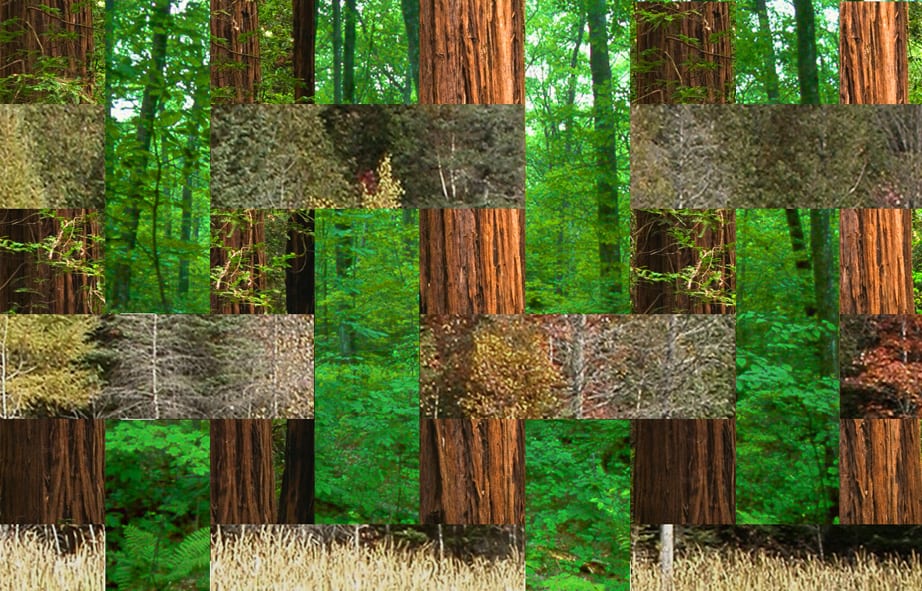Monangahela National Forest Park
Would the public interest be better served if parts of the Monongahela National Fores were administered by the National Park Service instead of the Forest Service? As Sharon mentions in her introduction to Chris Topik’s guest post, the Nature Conservancy has acquired and protected thousands of acres with the Monongahela.
Can the Park Service do a better job of managing them?
Meanwhile in Maine, State, Federal, and local governments have objected loudly to any suggestion that the Park Service conduct a feasibility study for a new National Park in Northern Maine to be created from land to be donated by Burt’s Bee’s magnate Roaxanne Quimby.
According to the Columbus, IN Republic
CHARLESTON, W.Va. — Two state parks and other lands within the Monongahela National Forest could become a national park.
The National Park Service plans to begin conducting a survey in December to determine whether historic, natural and recreational resources in the targeted area would meet criteria required by Congress for a national park.
Friends of Blackwater Canyon executive director Judy Rodd tells the Charleston Gazette (http://bit.ly/uMIztk ) that the proposed High Alleghany National Park would include federal land in the forest’s northern area, Blackwater Falls and Canaan Valley state parks.
Rodd says the proposed park also would include lands improved during the Great Depression by the Civilian Conservation Corps and the Works Progress Administration.
The survey is scheduled to be completed by September 2012. It was requested by U.S. Sen. Joe Manchin.
___
Information from: The Charleston Gazette, http://www.wvgazette.com





 The Ozark-St. Francis National Forest in Arkansas. Photo credit: Rhea S. Rylee, U.S. Forest Service.
The Ozark-St. Francis National Forest in Arkansas. Photo credit: Rhea S. Rylee, U.S. Forest Service.

